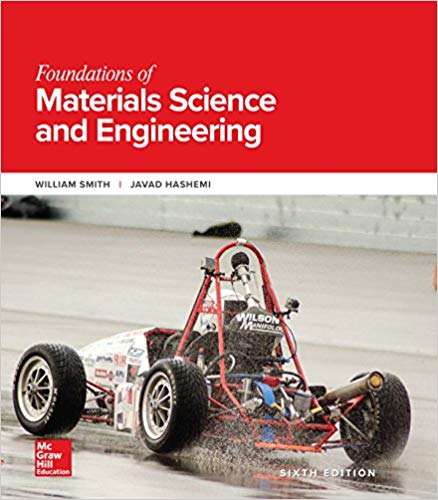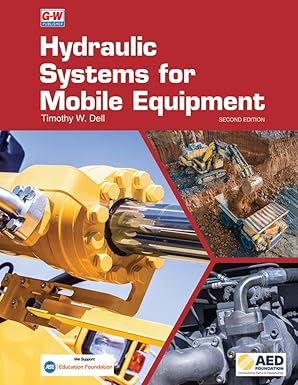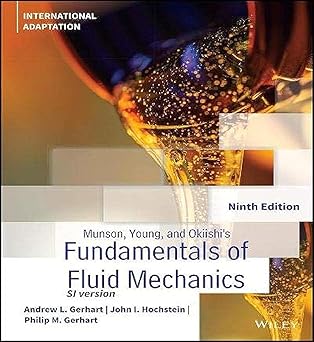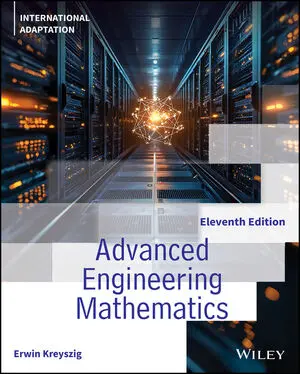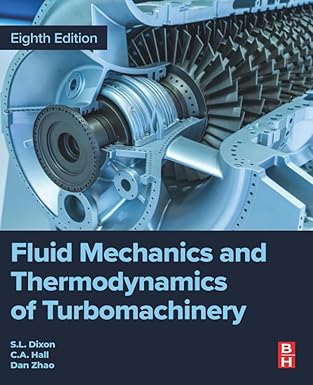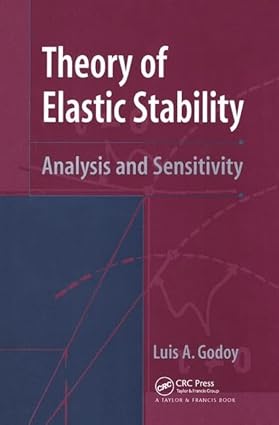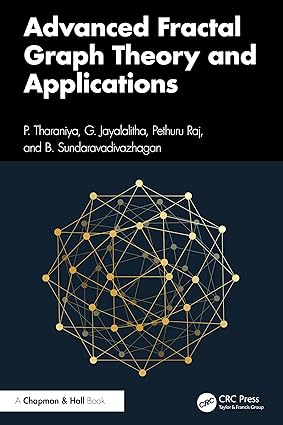To prepare materials engineers and scientists of the future, Foundations of Materials Science and Engineering, Sixth Edition is designed to present diverse top¬ics in the field with appropriate breadth and depth. The strength of the book is in its balanced presentation of concepts in science of materials (basic knowledge) and engi¬neering of materials (applied knowledge). The basic and applied concepts are inte¬grated through concise textual explanations, relevant and stimulating imagery, detailed sample problems, electronic supplements, and homework problems. This textbook is therefore suitable for both an introductory course in materials at the sophomore level and a more advanced (junior/senior level) second course in materials science and engi¬neering.
چکیده فارسی
برای آماده سازی مهندسین مواد و دانشمندان آینده، مبانی علم و مهندسی مواد، ویرایش ششم برای ارائه موضوعات متنوع در این زمینه با وسعت و عمق مناسب طراحی شده است. نقطه قوت کتاب در ارائه متعادل مفاهیم در علم مواد (دانش پایه) و مهندسی مواد (دانش کاربردی) است. مفاهیم پایه و کاربردی از طریق توضیحات متنی مختصر، تصاویر مرتبط و محرک، مسائل نمونه دقیق، مکمل های الکترونیکی و مشکلات تکالیف ادغام می شوند. بنابراین، این کتاب درسی هم برای دوره مقدماتی مواد در سطح دوم و هم برای دوره دوم پیشرفته تر (سطح جوانی/ ارشد) در علم و مهندسی مواد مناسب است.
ادامه ...
بستن ...
Ebook details:
عنوان: Foundations of Materials Science and Engineering (9781259696558) William F. Smith Professor, Javad Hashemi Prof.
نویسنده: Books
ناشر: McGraw-Hill Education; 6 edition (January 26, 2018)
زبان: English
شابک: 1259696553, 978-1259696558
حجم: 74 Mb
فرمت: True Pdf
ادامه ...
بستن ...
